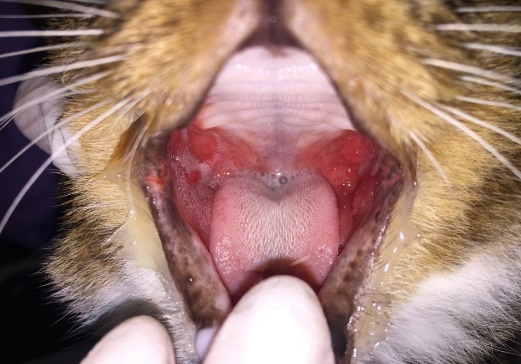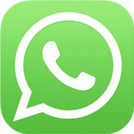Patient Background
Species: Feline Sex: Male Age: 3 Years 2 Months Weight: 4.5kg
Chief Complaint:Dental Problems. The affected cat started drooling and having halitosis at the age of 1, and was unable to eat during severe episodes.
Treatment Process
The condition improved after partial tooth extraction, but relapsed after 1 month. Symptomatic drug treatment was administered, with the dosage gradually increased, and medication was continued for 1 year. When seeking medical attention again, the gums were severely red and swollen, the submandibular lymph nodes were swollen, there was occasional bleeding in the mouth, and the cat was drooling and in unbearable pain. Therefore, full-mouth tooth extraction was performed, and long-acting steroids and antibiotics were administered. Treatment lasted for 2 months, but relapse occurred immediately after discontinuation of medication.
Laser therapy treatment plan
After 2 months of drug treatment, the condition remained recurrent, so the treatment method was changed, and laser irradiation combined with traditional Chinese medicine was initiated.
Protocol Setup:Preset Protocol
Laser treatment frequency: Once daily for 6 consecutive days, followed by once weekly treatments, for a total treatment duration of 4 months.
Results

May: Full-mouth tooth extraction. After tooth extraction, there was drooling, a small amount of bleeding in the mouth, but the cat's spirits and appetite were acceptable. Drug treatment.

July: Drooling, decreased appetite, and recurrence of inflammation were observed. Drug treatment.

October: Drooling decreased, and the redness, swelling, and hyperplasia in the mouth significantly regressed.

November: There was no drooling, the redness in the mouth subsided, the cat was willing to eat dry food, and had a good mental state.

December: The oral mucosa has returned to normal, and the cat's appetite and mental state are normal.
Discussion
To date, the best treatment for feline stomatitis remains tooth extraction, which has remained unchanged for many years. Delaying tooth extraction and relying on long-term hormone control can lead to a reduced cure rate when tooth extraction becomes necessary. The greatest significance of drug treatment lies in the management of refractory stomatitis. If significant inflammation persists 60 days after full-mouth tooth extraction, it can be defined as refractory stomatitis, and this is the most appropriate time for medication[1].
In this case, the affected cat was administered long-acting steroids for up to 3 months, but medication cannot completely eliminate the "allergens". Prolonged medication will eventually lead to the loss of efficacy of the steroids or the development of side effects, and relapse will occur once medication is discontinued. Subsequent treatment primarily involved laser irradiation and traditional Chinese medicine. Laser therapy can reduce pain caused by inflammation during the treatment process and eliminate inflammation while providing a comfortable treatment experience. After tooth extraction, laser therapy can accelerate wound healing and reduce the likelihood of recurrence in a non-sterile environment by eliminating affected areas such as dental plaque. Combined with traditional Chinese medicine to enhance the cat's own immunity, the combined internal and external treatment achieves complementary effects.
Reference
[1] Brook A. Niemiec DVM, 2013,Veterinary Periodontology,[M]








